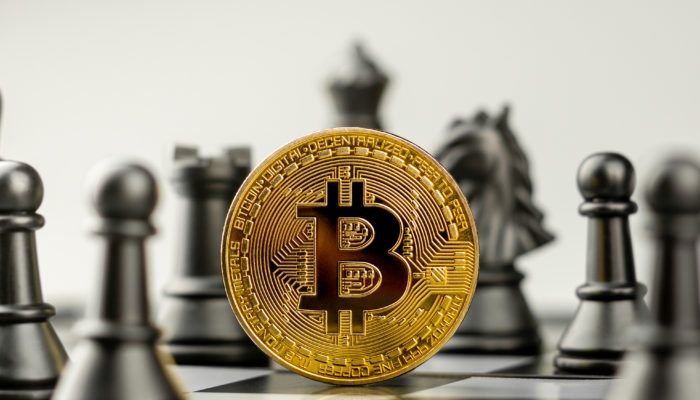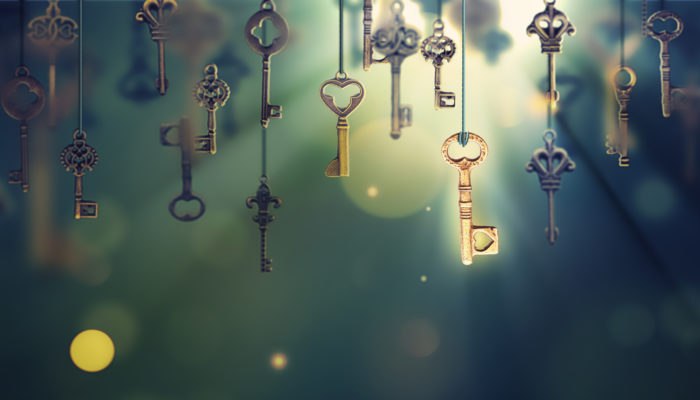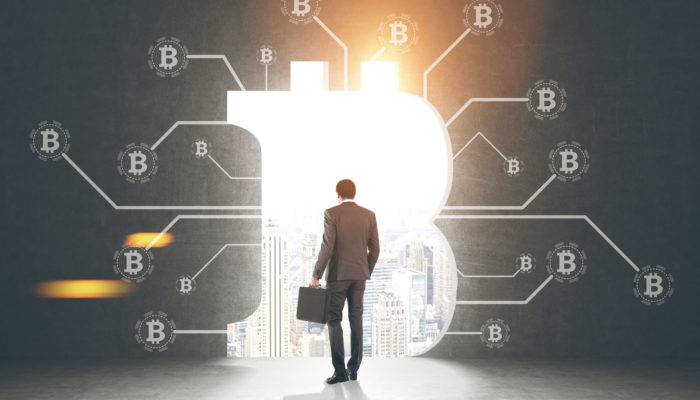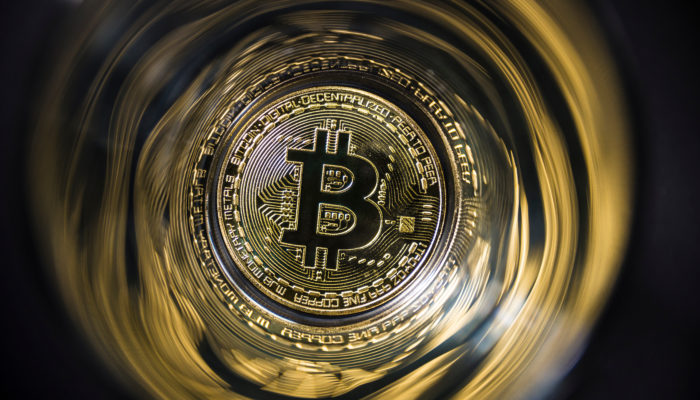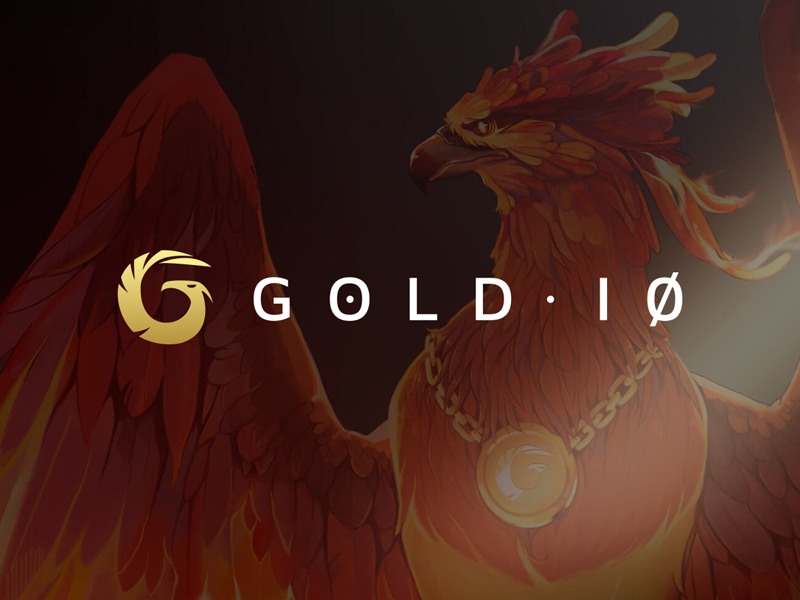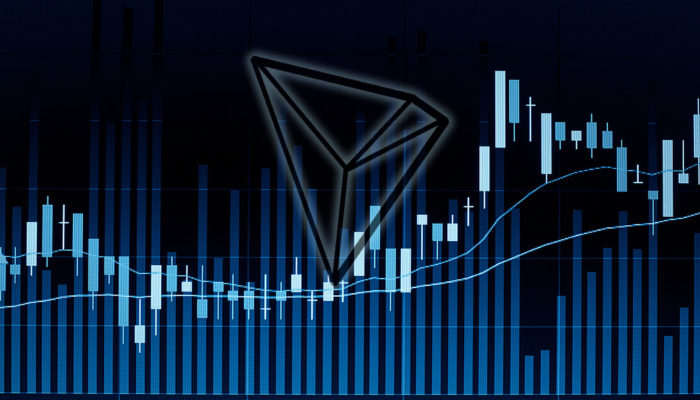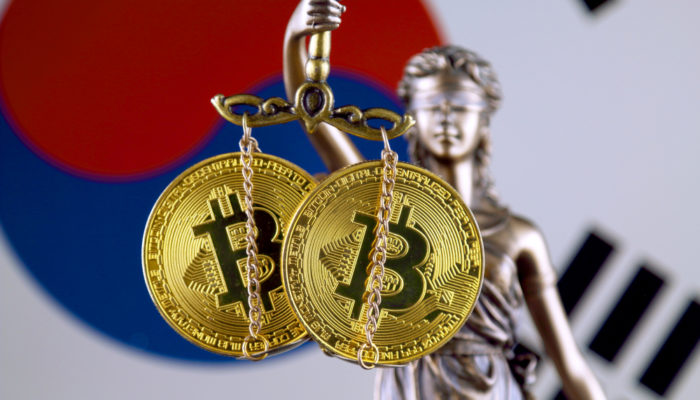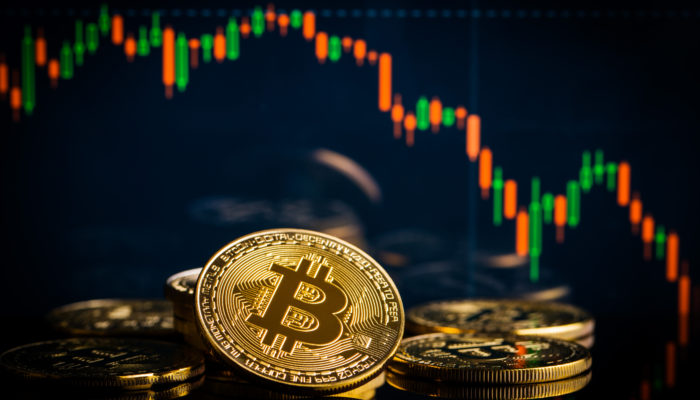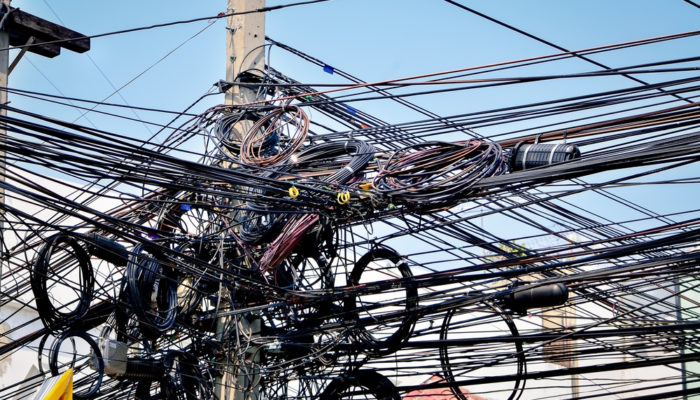
The introduction of cryptocurrencies encouraged business owners and individuals to preserve their capital in a decentralized currency. Instead of cash, they prefer advanced financial instruments, which are currently the basis of the new economy, as well as conducting business activities in digital rather than in paper form.
Smart contracts as a replacement for paper documents have their own algorithm, and smart contract transactions are guaranteed by a digital asset (DA), which is an information resource derivative of the right to a value and circulating in the distributed ledger in the form of a unique identifier.
In other words, a digital asset ownership confirms the ability to dispose of the right to a digitized object (any values, such as real estate, securities, shares in business, means of transport, facilities, etc.).
Digital asset: essence and components
The concept of a digital asset includes several components:
· economic – determination of properties of a unique identifier;
· legal – representation of the property of a digital asset as a derivative of the right to a value;
· information – data on digital assets recorded on digital media and structured, thus providing capability of storing, transferring, exchanging, etc.;
· value – digital representation of values of a digitized resource.
A blockchain token possessing certain properties can be a digital asset. This can be digital data in the form of a video/audio file or a set of electronic documents, e.g. folders on a PC. Thus, here appears the main difference between cryptocurrency and a DA, which is that the first is not backed by property/property rights. It should also be noted that digital assets circulate in digital environment according to the protocol, which establishes the rules and conditions of this circulation, so that they cannot be copied during transferring.
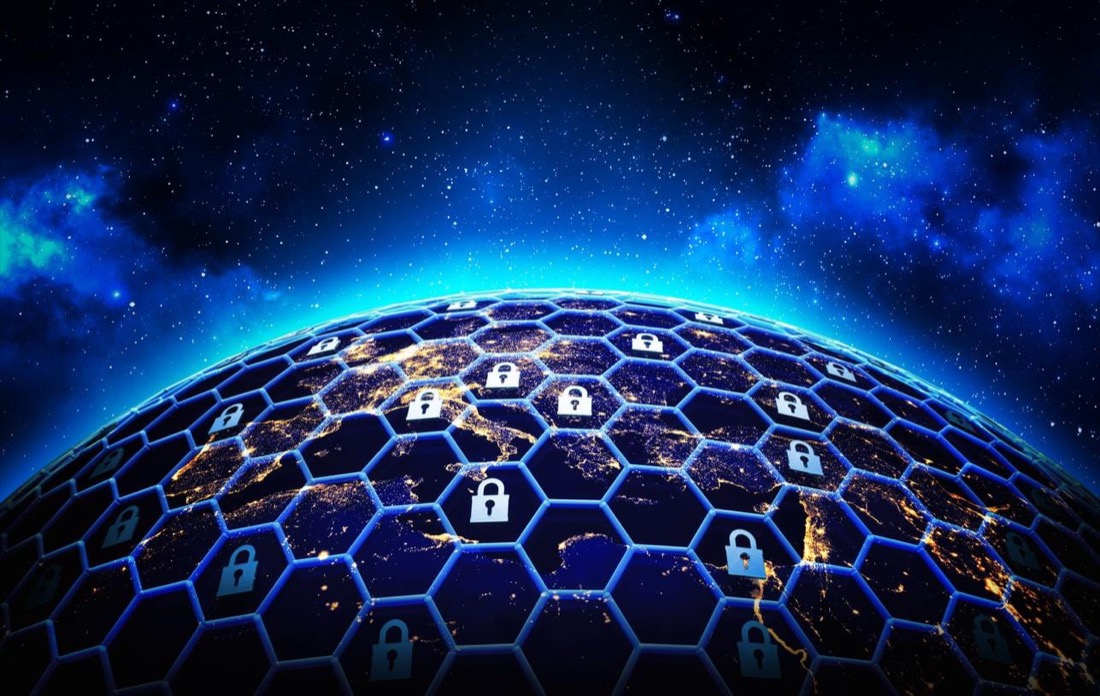
There is another difference between a digital asset and cryptocurrency, which is that an asset as a unique identifier is more secured. This is due to the territorial (geographical) reference to the country of digitized resource registration (location, use). The concept of a digital asset and the use of such an instrument can vary significantly in different countries, since there are considerable differences in methods for assessing real assets and their accounting.
The scope of digital assets is quite wide. Thus, they can be used for:
· financial transactions without involving financial intermediaries (exchange websites) and high fees;
· preserving a value of funds, i.e. no one will ever freeze your account, since you need to have a secret key;
· investment;
· confidential transactions;
· purchasing or providing services;
· high-priced purchases (starting with exclusive cars and jewelry to works of art).
Moreover, you can buy or sell a token, with a right of a digital asset, as an intangible asset in the course of business activities of an enterprise. It is necessary to correctly determine the type of a blockchain token as different states developed their own tests and guidelines for testing them. The reason is the risk of investing in the project and the loss of substantial amounts of money if there are no legal grounds for distribution of a token.
Crypto Testing Options
There exist several testing methods that differ in a number of criteria:
· The Howey Test determines transferring or distributing of a token, as securities transaction;
· The MFSA Test determines correspondence between assets based on the DLT technology and virtual tokens, which makes it possible to regulate them under the laws of the European Union.
· The FINMA Token Classification allows classifying tokens as securities subject to their commercial sale. However, cryptocurrencies and payment services are not included in this category and remain under the anti-money laundering rules.
· The digital asset diagnosis is the Digital Asset Test developed by Simcord, which allows determining whether this token can be classified as a digital asset or not. The test is based on the 16-point scale of a blockchain token belonging to the category of digital assets.
As a result, a digital asset has become more popular than cryptocurrencies as it ensures safety of digitized tangible and intangible values. That is the ownership of a digital asset that provides more opportunities for learning new, high-tech format of the economy and business activities.
Copyright © 2023 iCryptome.com
- Out of Space Brings the Best of Defi and NFT Under One Roof
- Bitcoin Association hires Patrick Prinz as Europe & Operations Manager to further advance Bitcoin SV
- Play-to-Earn on Playdapp’s Flagship RPG “Along With the Gods: Knights of the Dawn” in 7 Days
- Tokeny Solutions Partners with Inveniam to deliver Data Integrity and Price Discovery for Private Securities
- Could the Indecisiveness of Bitcoin Lead to Massive Crypto Markets Dump This Week?



